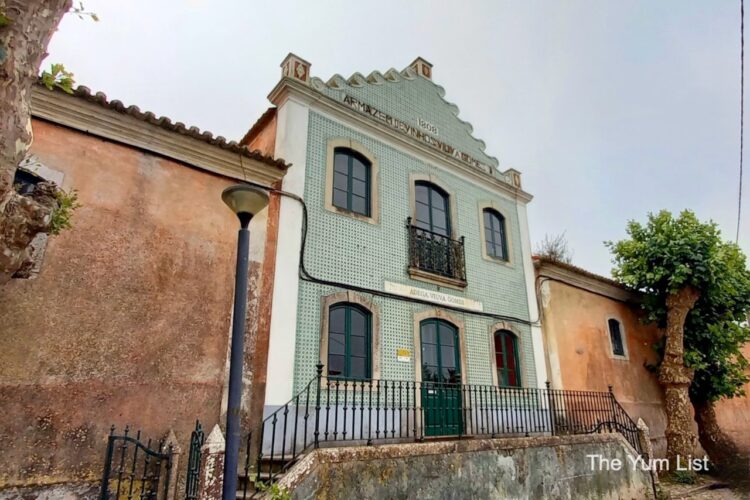Adega Viúva Gomes Winery
Monica Tindall
We’re greeted at Adega Viúva Gomes by José Baeta, owner of the winery established in 1808, with over 200 years of history. Located in the enchanting village of Almoçageme, in the parish of Colares in Portugal, the property is rich in stories. Mr Baeta welcomes us inside with warmth and generosity, introducing the region and patiently explaining the unique planting techniques distinct to this area – an approach that produces a rare range of delicious wines.
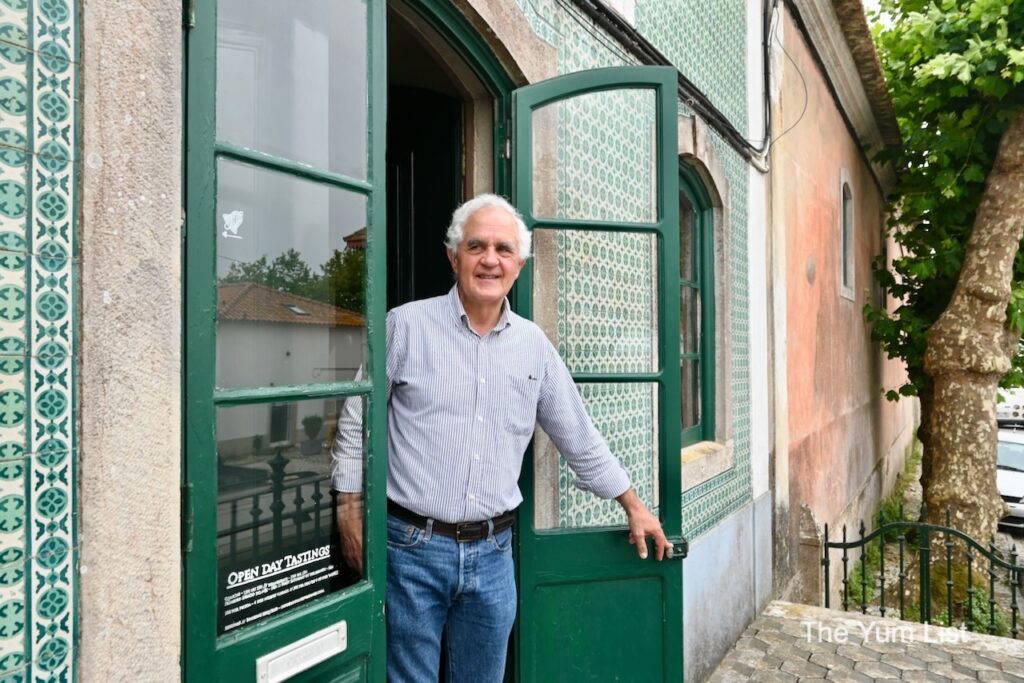
At Adega Viúva Gomes, winemaking is an art form fueled by passion and commitment. The wines crafted reflect the beliefs and personal preferences of the father and son duo yet are strongly based on tradition. Representing the fourth and fifth generations of the family, their primary objective is to preserve the time-honoured winemaking techniques that have made Colares wines so renowned. However, they also embrace the spirit of exploration and creativity, always open to new possibilities while ensuring the utmost sustainability in this small and distinctive wine region.
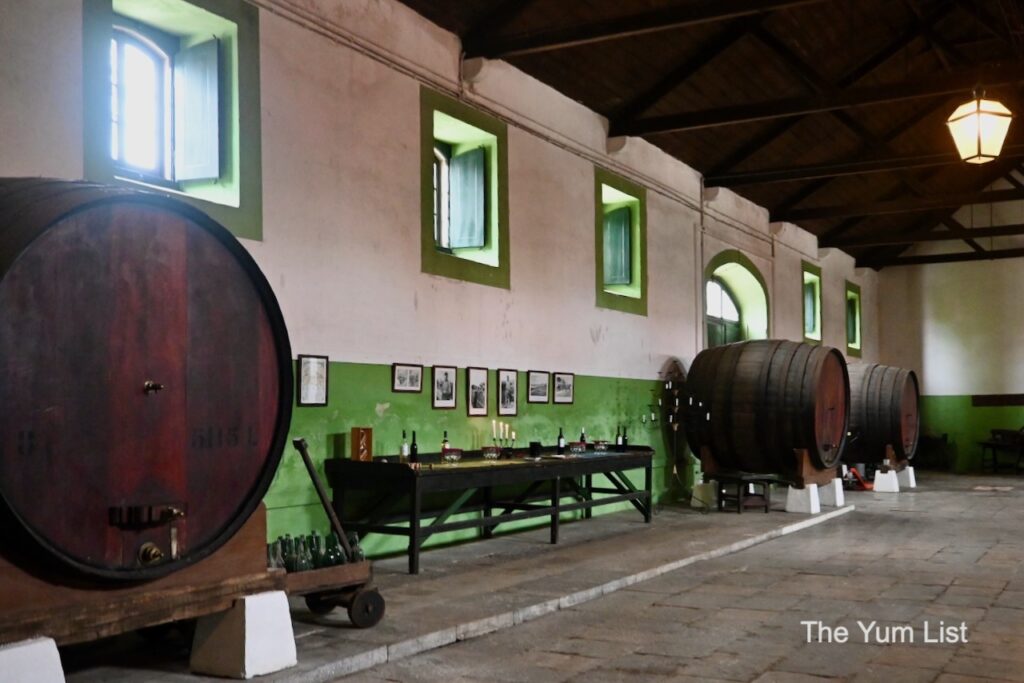
Colares has a rich history deeply rooted in winemaking, with evidence suggesting that wine production in this region dates back to the time of the Roman Empire. In 1230, King D. Afonso III granted land to the nobles under the condition that they cultivate vineyards, further solidifying the connection between Colares and wine.
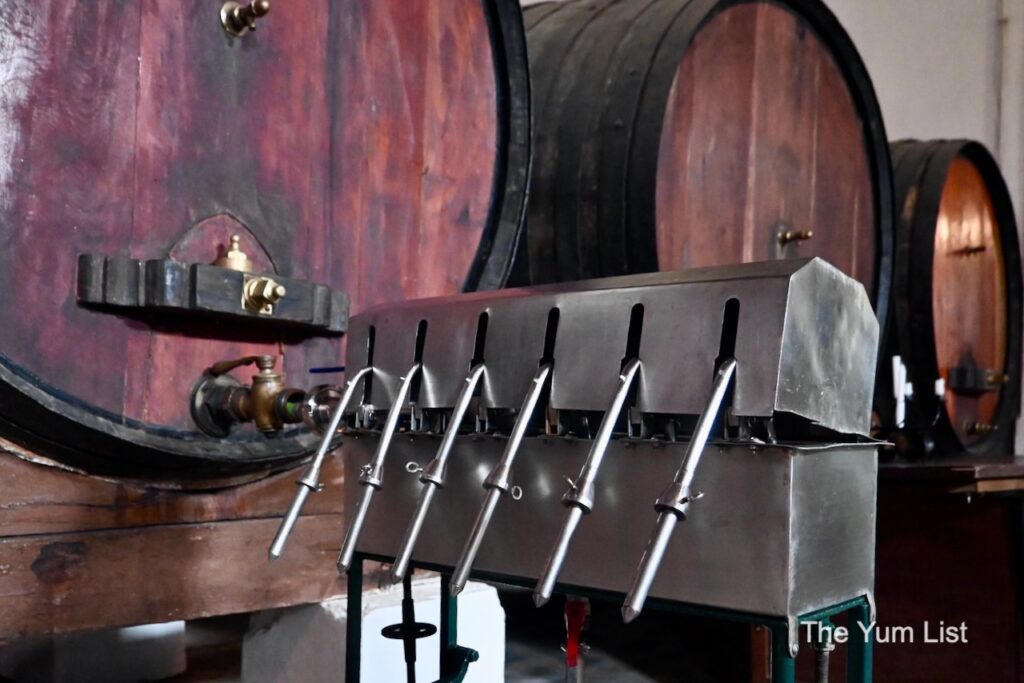
The winery is in the demarcated wine-growing region of Lisboa, DOC Colares, one of the smallest sub-regions of Portugal, designated in 1908. Picturesque dunes and sandy soils characterise the area. This striking coastal region lies between the majestic mountains and the vast Atlantic Ocean, stretching from the iconic Cabo da Roca to the scenic Magoito.
The true prominence of the Colares wine-growing region emerged in the late 19th century, specifically in 1865, during one of the most devastating threats to global viticulture—the arrival of phylloxera. This minuscule insect from the Americas spread rapidly across Europe, decimating vineyards in its wake. Remarkably, the vineyards of Colares stood resilient against this destructive pest due to their unique sandy soil and remarkably deep roots, reaching depths of up to eight metres. This natural defence mechanism prevented the spread of phylloxera, sparing the region from the devastating consequences experienced elsewhere.
Adega Viúva Gomes acquires grapes from vineyards with two distinct soil types. As mentioned above, the first is located near the sea and consists of clay topped with sand, unique to the region. The process is distinctive in that the top layer of sand, sometimes up to 2.5 metres (!), is dug up and pushed aside until the clay is uncovered. Original European vines are planted in the clay, and the long stems are then covered with sand. This process, similar to that used since Roman times, prevents the phylloxera bug from surviving due to the sandy cover. Today, throughout Europe, excluding the sands of Colares, viticulturists rely on grafting American rootstocks, which are resistant to phylloxera, with European grape varieties. The exceptional quality and distinctiveness of Colares’ wines remain intrinsically linked to the untouched sands of this remarkable region.
Small quantities of highly exclusive wines of Ramisco (red) and Malvasia from Colares (white) come from these plots. Additionally, the labour-intensive process only has about a 70% to 75% success rate compared to 95% with more conventional methods. These elegant wines are aged in used barrels, resulting in a subtle wood influence. They possess a pronounced minerality and complexity and are really something special if you can get your hands on the exclusive selection.
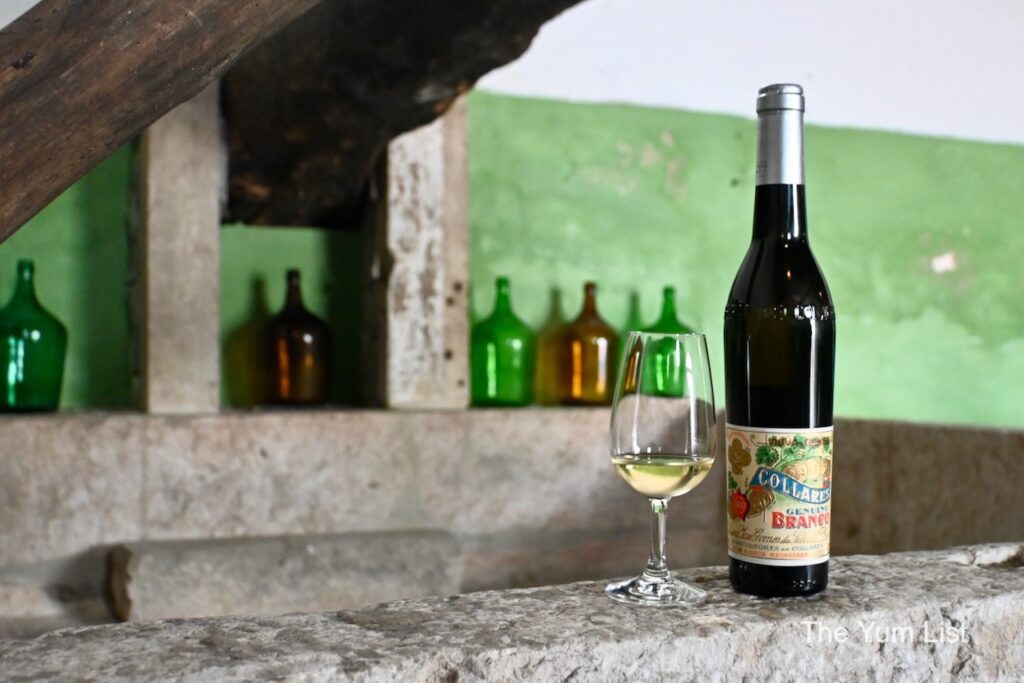
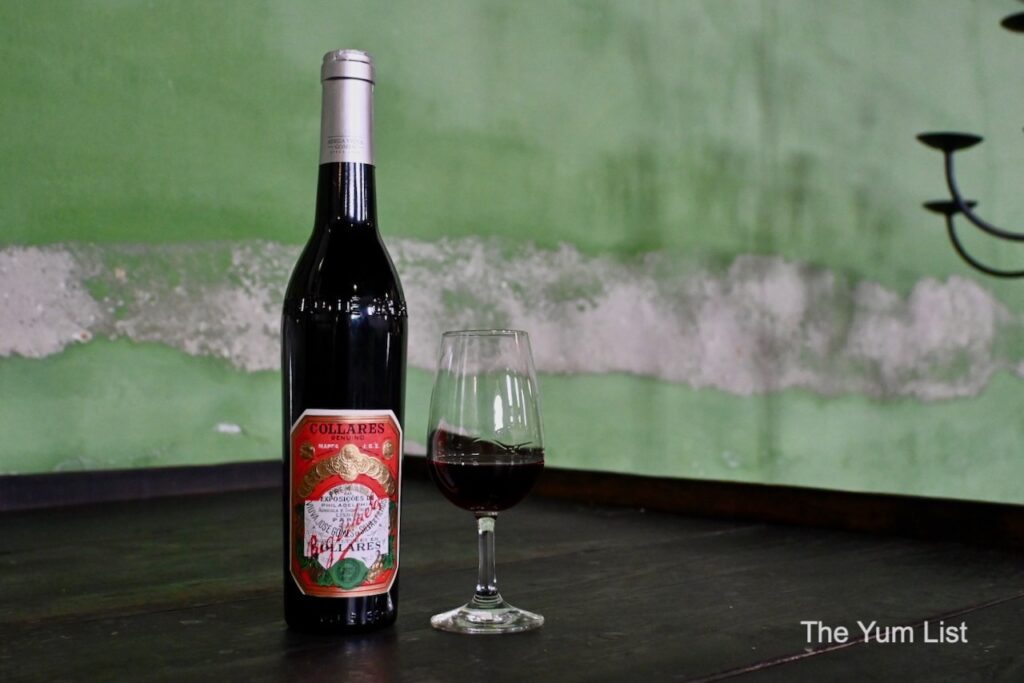
The second type of soil in the region is clay-limestone. Similar to many vineyards, the plants in this soil are grafted with a US phylloxera-resistant variety at the nursery. While they’re not as unique as those coming from the sandy soils, they are still very much worthy of attention (and a little more accessible in terms of availability and price).
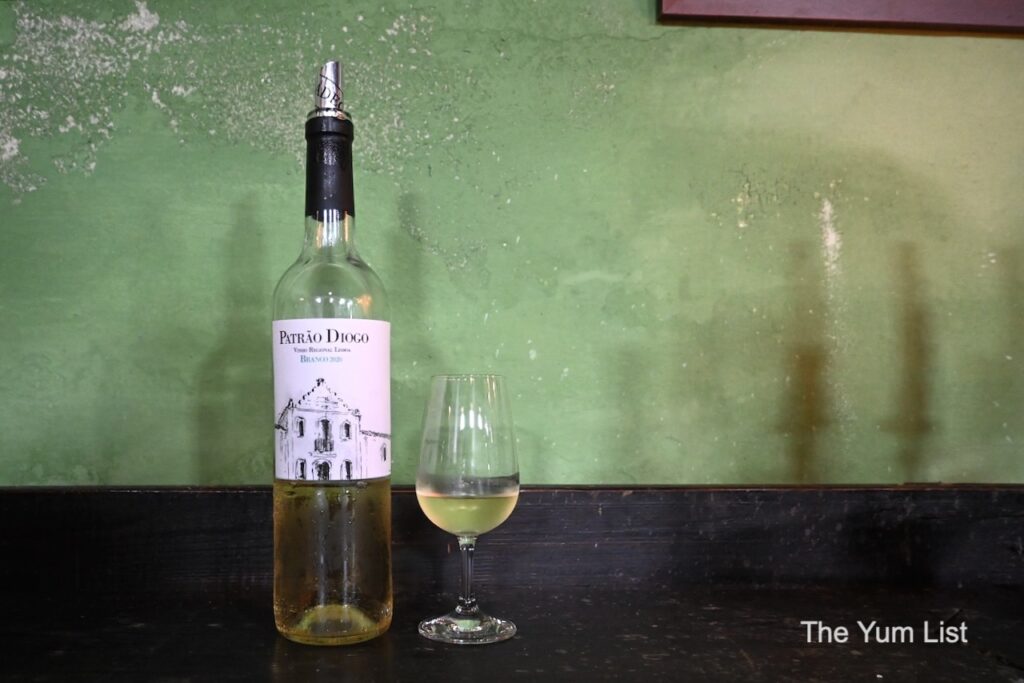
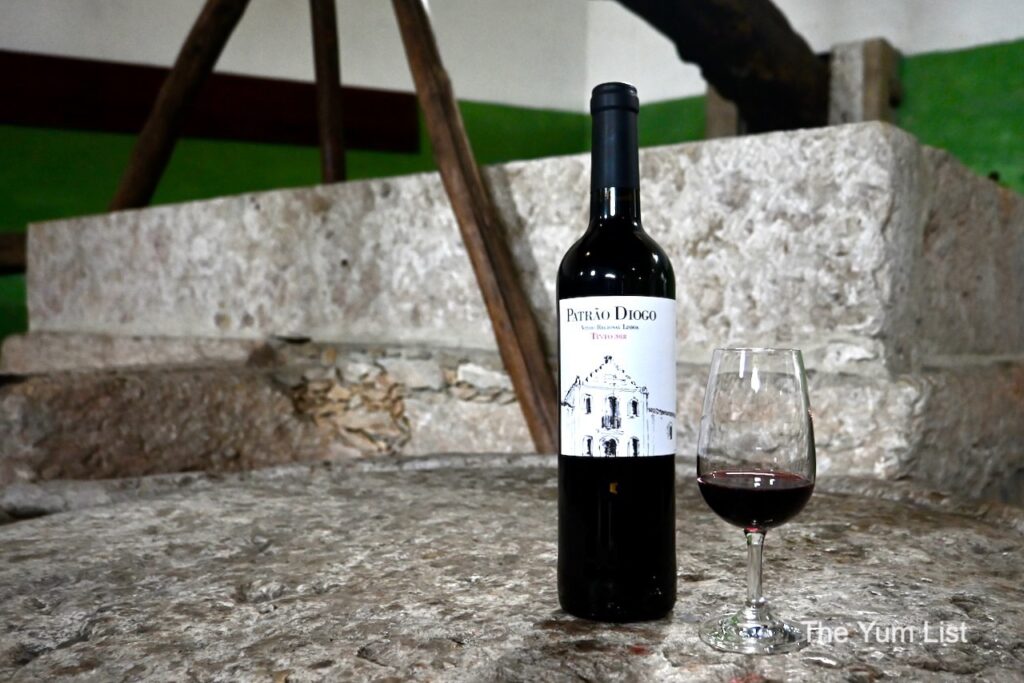
Situated at the westernmost point of Europe, the ocean influences the wines produced in this region, resulting in good acidity. All the grapes in Adega Viúva Gomes are handpicked, with the selection taking place directly from the vines rather than at a later stage on the table. The total yearly production amounts to 15,000 to 18,000 bottles, encompassing three different labels.
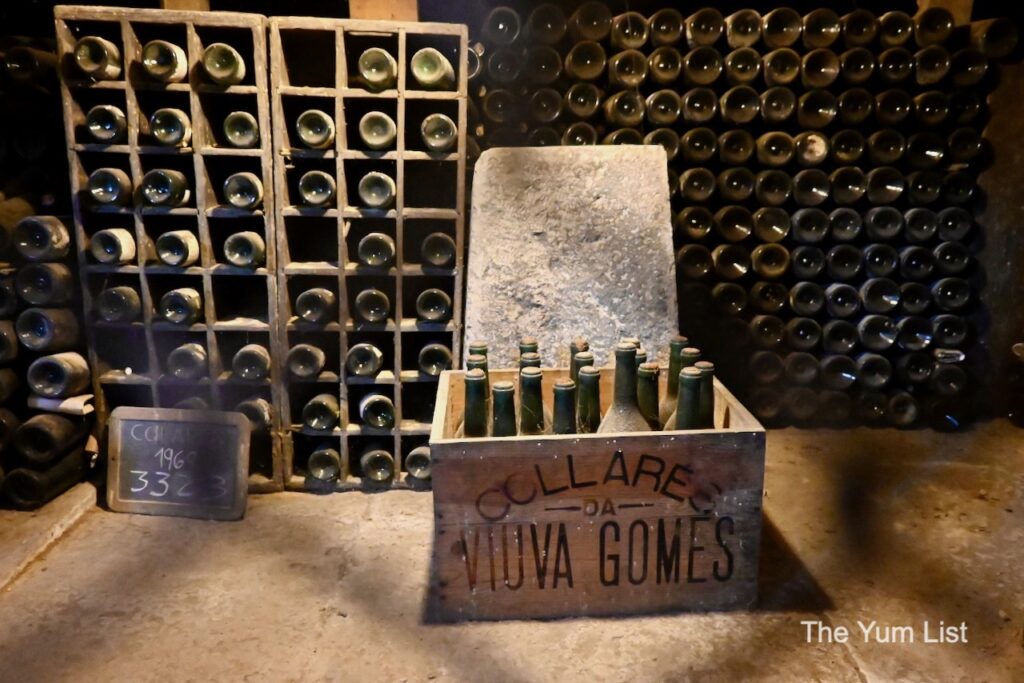
Adega Viúva Gomes is a testament to the time-honoured winemaking heritage of Colares. With its historical roots, unique setting, and unwavering commitment to producing wines of unparalleled authenticity, this winery offers a unique experience for wine enthusiasts and curious gourmets alike.
Adega Viúva Gomes
Largo Comendador Gomes da Silva nº 2 e 3, 2705-041 Colares
www.adegaviuvagomes.com
+351 21 929 0903
Find more recommendations for gourmet travel to Portugal here and stay up-to-date with the latest gourmet and travel recommendations here and here.

